Boston Marathon vs New York City Marathon
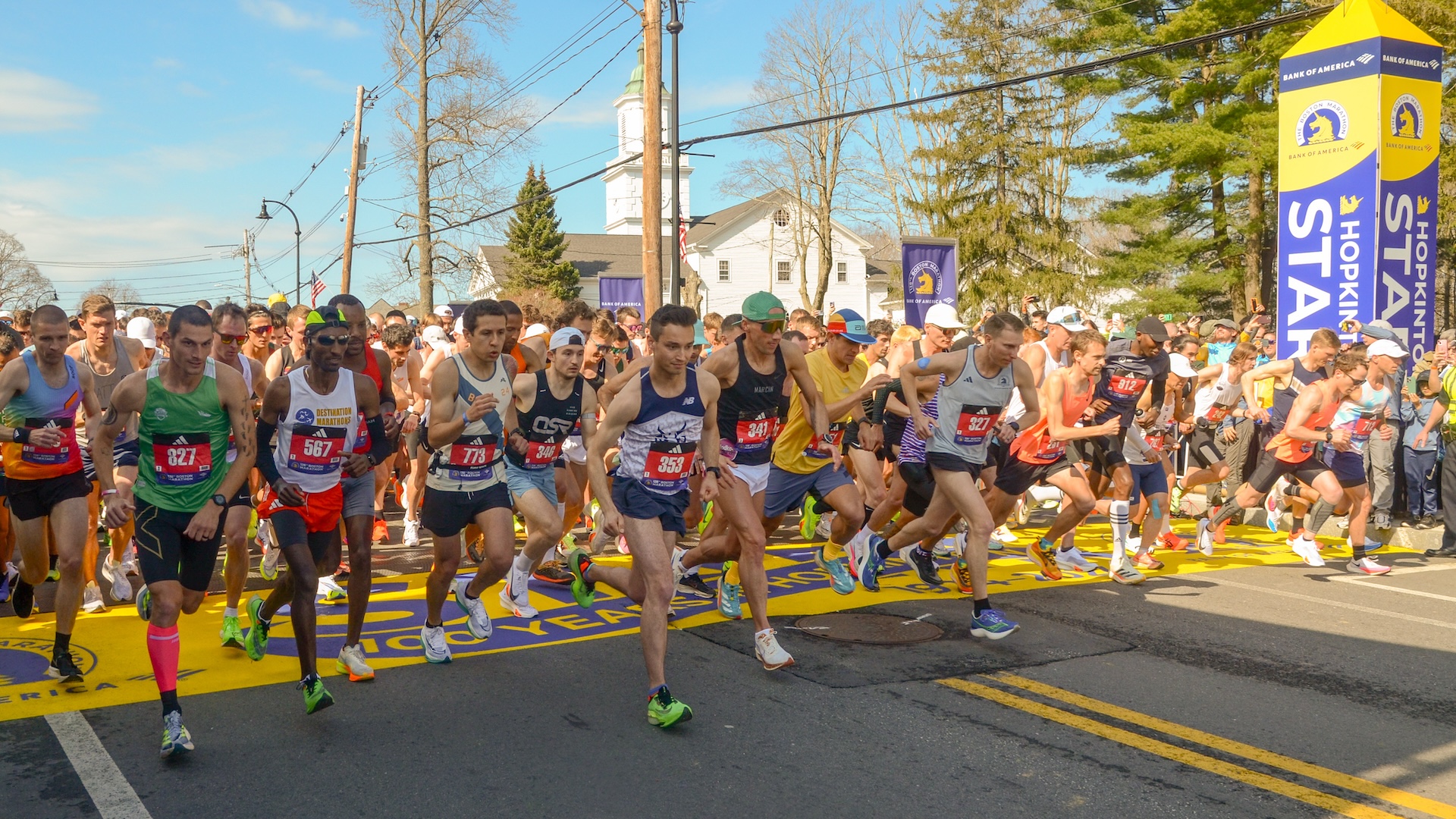
As two of the world’s most famous marathons, Boston and New York City are renowned for being challenging courses with incredible crowd support cheering on runners.
But how do the Boston and New York City marathons compare? And why won’t we see a marathon world record set at Boston or New York?
THE HISTORY OF THE RACES
The Boston Marathon was first run in 1897, inspired by the inaugural modern Olympic Games. That makes it the longest running marathon in the world.
There were 15 men in that first race and they ran 24.5 miles from Ashland to near Copley Square in downtown Boston. The start moved further out to Hopkinton in 1924 to become the official marathon distance of 26.2 miles. The finish moved to Boylston Street for the 1986 race. The race is organised by the Boston Athletic Association (BAA).
In 2013, the marathon was the target of a domestic terrorist attack when two bombs exploded, killing three people and wounding 269. The movie Patriots’ Day tells the story of the event, which inspired the city’s slogan of Boston Strong.
The New York City Marathon was first run in 1970. It was four laps around Central Park, with 127 runners starting that race, and 55 finishing it. The race quickly grew in popularity and the route was extended to run between all five of the city’s boroughs in 1976, when over 2,000 people took part. Organised by the New York Road Runners (NYRR), the race had to shut down five bridges and more than 300 intersections. The NYC Marathon would ultimately inspire the creation of many big city marathons all around the world, including the London Marathon.
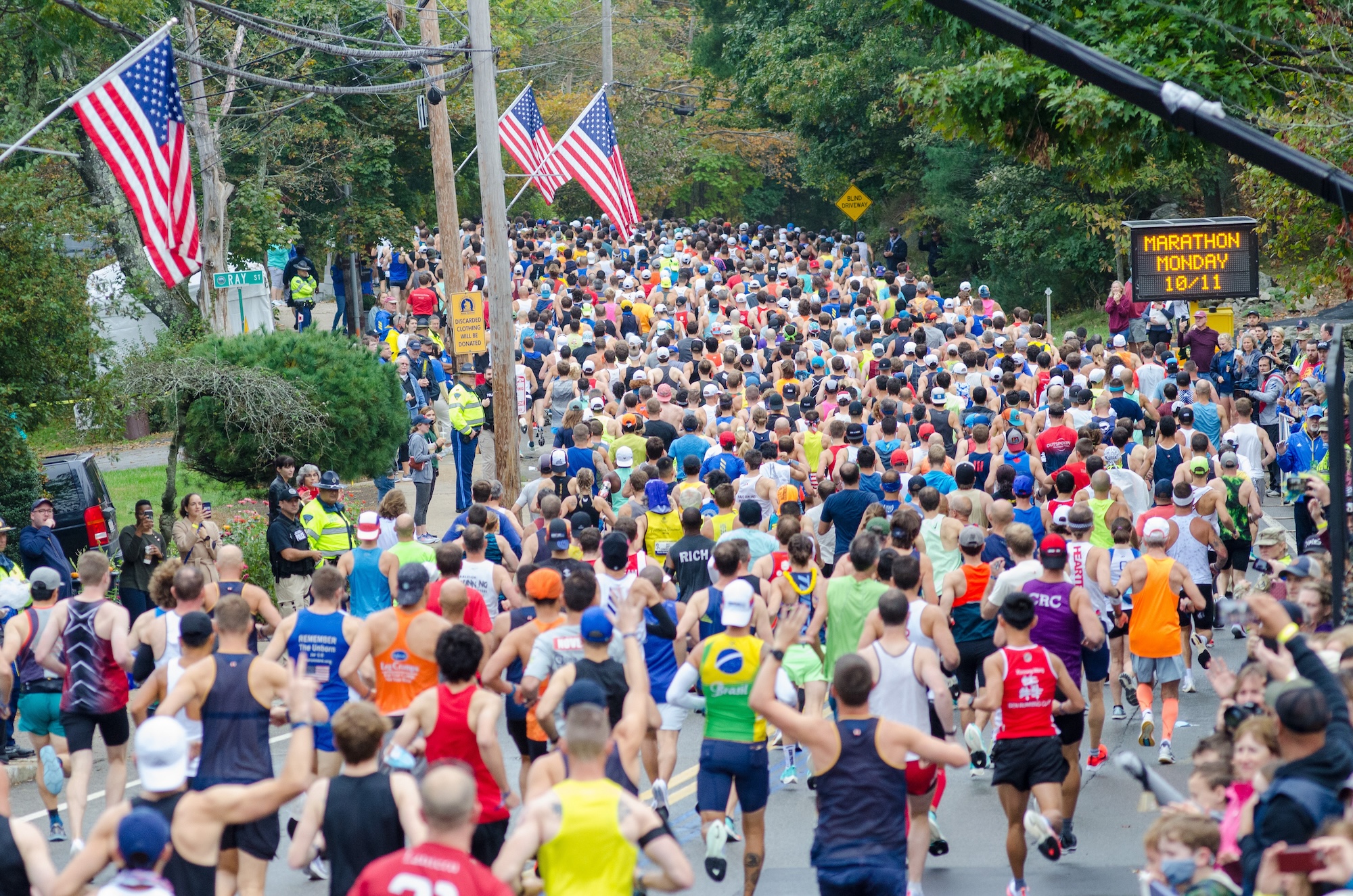
THE KEY DETAILS – DATES & HOW MANY RUNNERS
Boston is always run on the third Monday of April, which is Patriots’ Day, a public holiday observed in six states (ME, ME, FL, WI, CT and ND). It’s the only major marathon which isn’t run on a Sunday.
NYC Marathon is held on the first Sunday in November.
Around 30,000 runners sign up to the Boston Marathon each year, with around 26,000 finishers.
The New York City Marathon typically has over 50,000 finishers, and is one of the world’s largest marathons.
HOW DO YOU GET INTO THE MARATHONS?
Most runners – around 80% – taking part in Boston have achieved a qualifying time (these are the time standards needed to apply for Boston). There are also places for sports tours and charity runners (often requiring minimum fundraising of $10,000).
The NYC Marathon has a lottery for entry, but in 2024 only 4% of the 165,000 people in the ballot got a bib. Most runners are part of the NYRR 9+1 Program (basically, run nine NYRR races and volunteer in one, and you get a marathon place). A large number of runners (especially those from overseas) take part via sports tours, and there are also charity places.
You can read all about getting into the Marathon Majors here.
THE COURSES
Both races are hilly point-to-point courses.
Boston is almost a straight line from Hopkinton into a finish on Boylston Street in downtown Boston. It runs through eight towns and cities on the way: Hopkinton, Ashland, Framingham, Natick, Wellesley, Newton, Brookline and Boston.
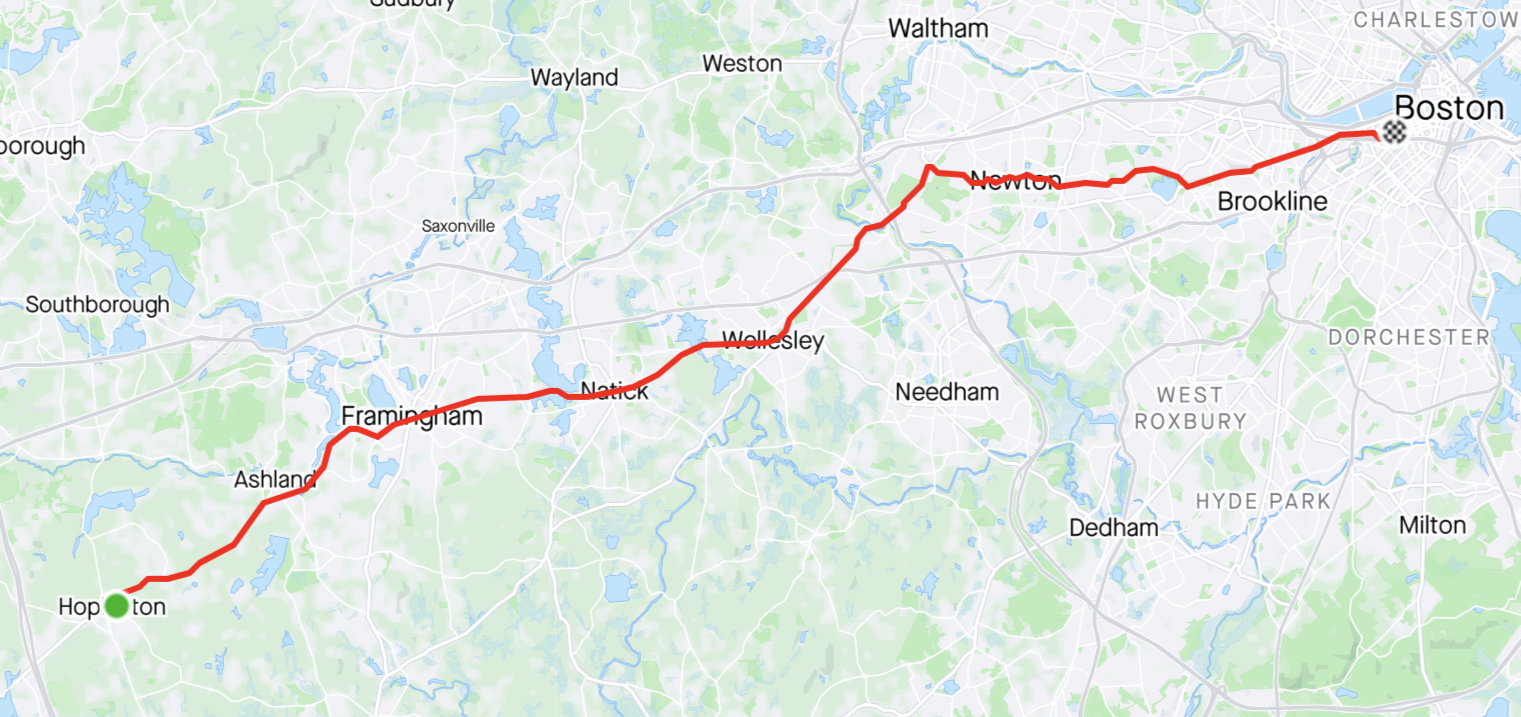
The NYC Marathon runs through New York’s five city boroughs, beginning on Staten Island, then Brooklyn, Queens, Manhattan and the Bronx, before finishing back in Manhattan in Central Park. The route crosses five bridges.
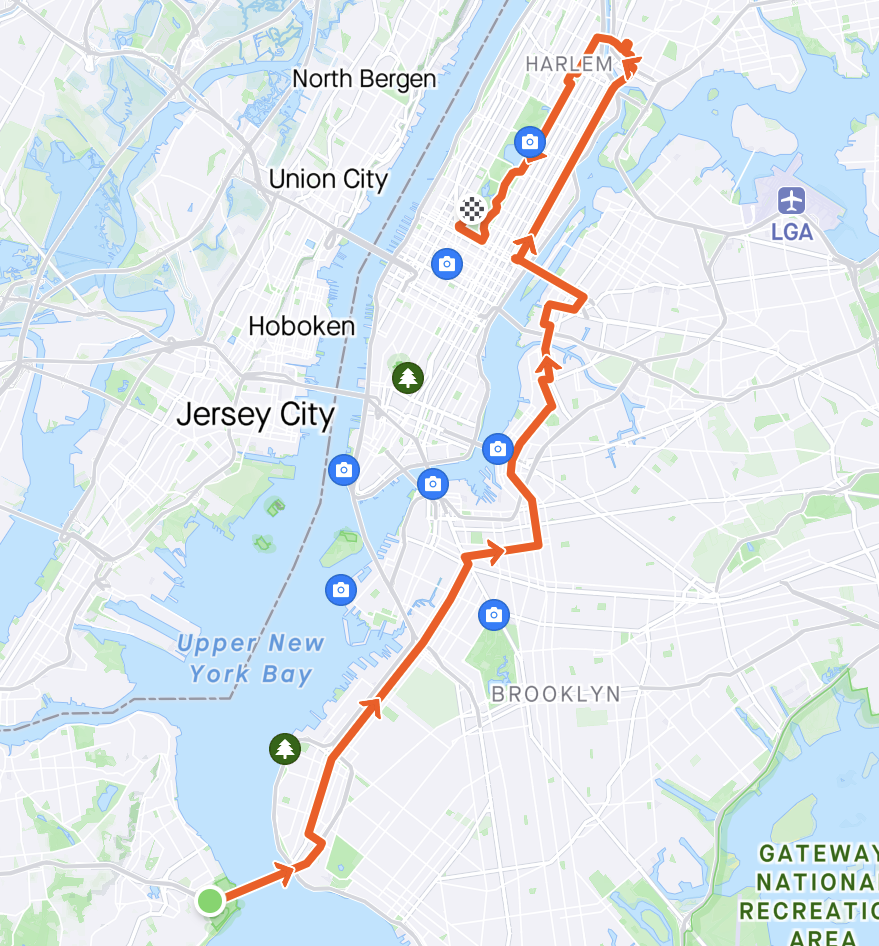
THE FINISH LINES
In Boston you take a right on Hereford and a left onto Boylston and you see the finish line 600m ahead. It’s both the longest 600m you’ll ever run, and the best, because the crowd support here is unbelievable.
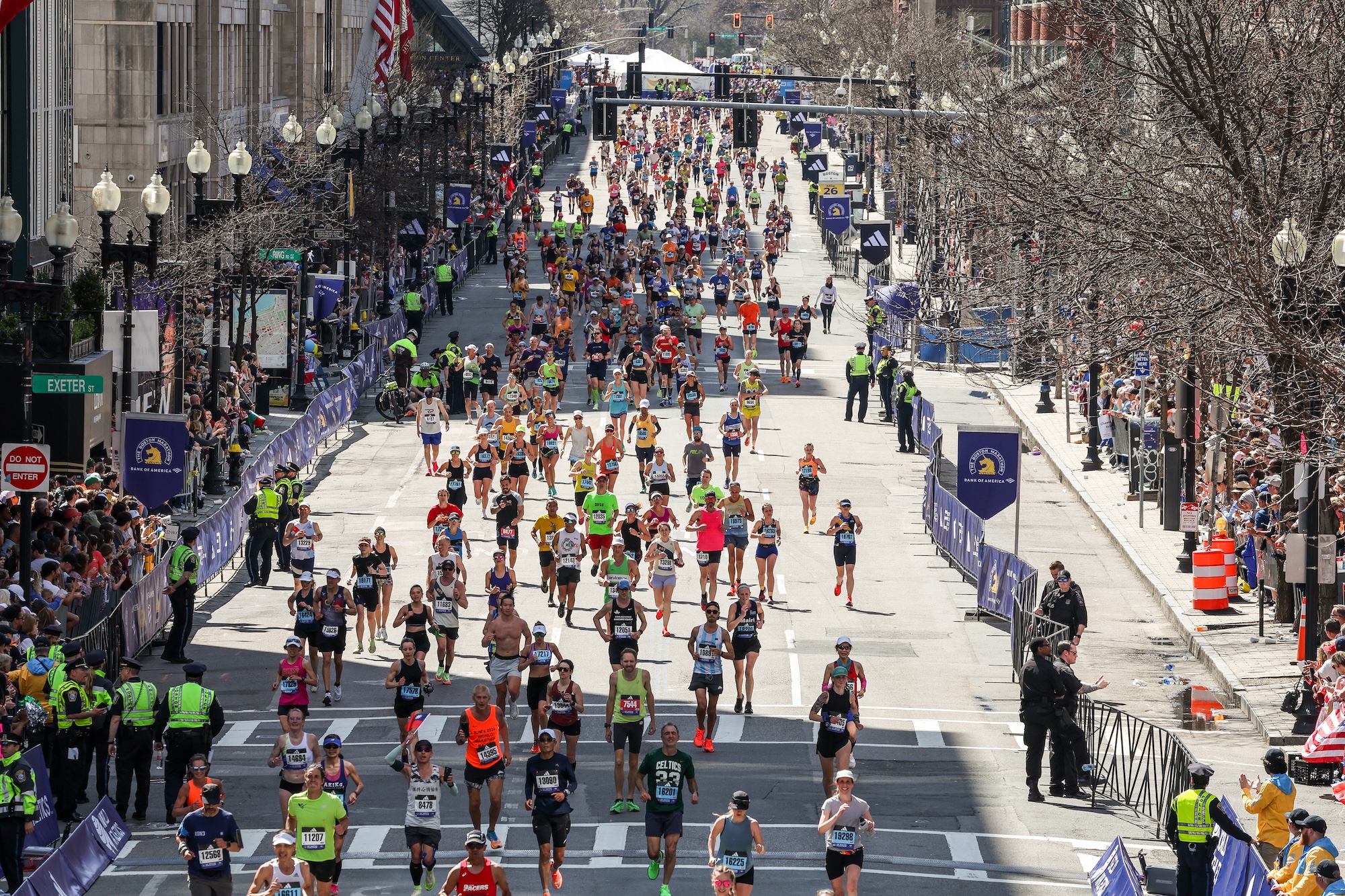
In New York, you run the final miles through Central Park, pop out for three blocks, then turn back in at the southwest end, with the finish line 500m ahead of you. It’s a special end to the race, with thousands of fans cheering you on (so hopefully you won’t notice that you’re still running uphill!)
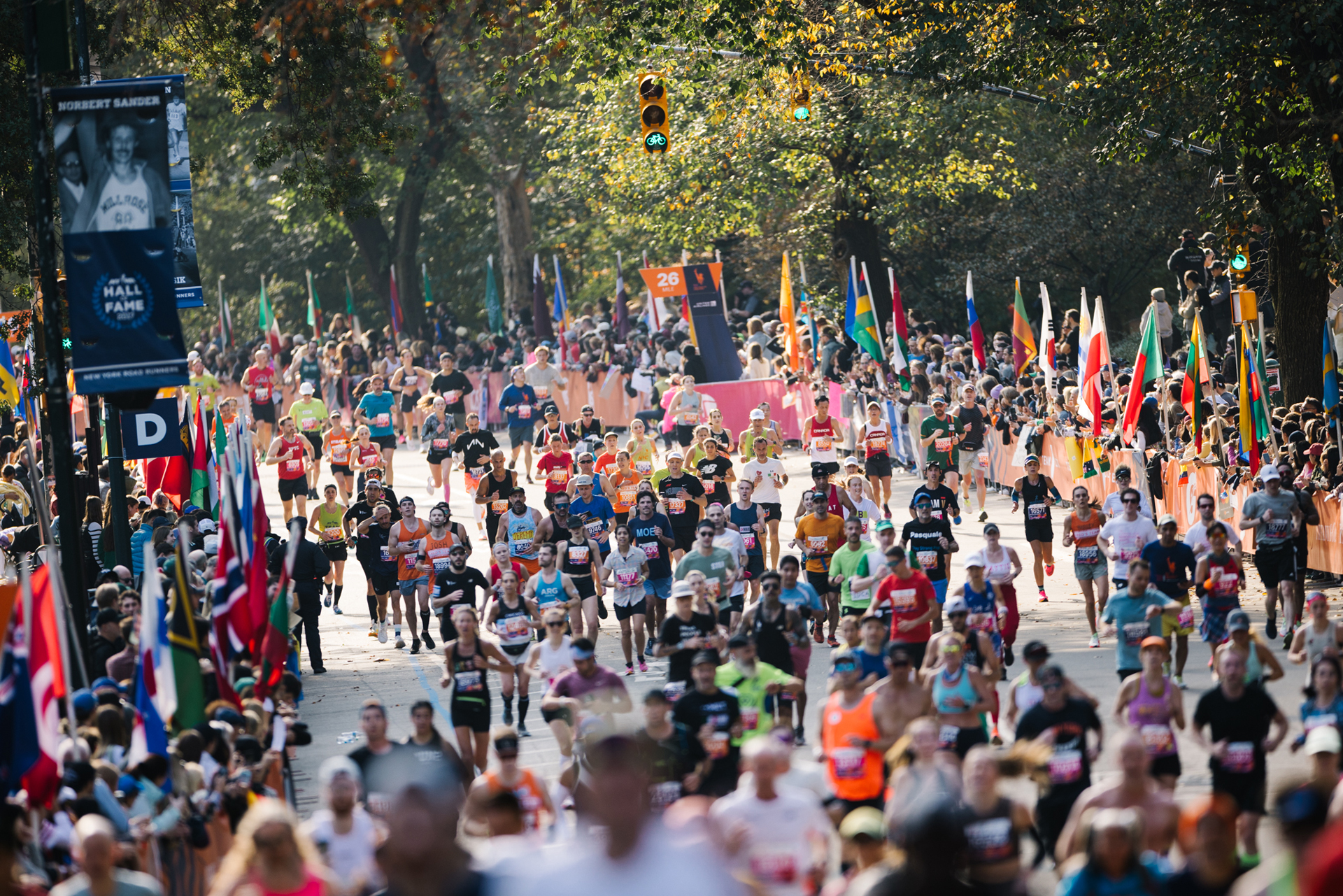
THE HILLS
Ah yes, the hills… Both these races are notoriously hilly.
Boston has an elevation gain of 815ft (248m) and descent of 1275ft (389m), making it a significant net downhill course. Boston begins with a few miles of (mostly) downhill running, then it undulates until you reach the Newton Hills, which are four hills over six miles, including Heartbreak Hill, which is half a mile long, around a 5% gradient, and runners crest it just as they pass mile 21, before a steady drop down to the finish.
NYC has an elevation gain of 810ft (247m) and descent of 824ft (251m). It begins with a long climb up and over the Verrazano-Narrows Bridge, reaching the course’s highest point very early in the race. Undulating throughout, each of the five bridges take runners up and over, with the Queensboro Bridge at mile 15 one of the most challenging. The final five miles of the race has more hills alongside and through Central Park, making it a very challenging finish to the race.
Boston Marathon elevation map
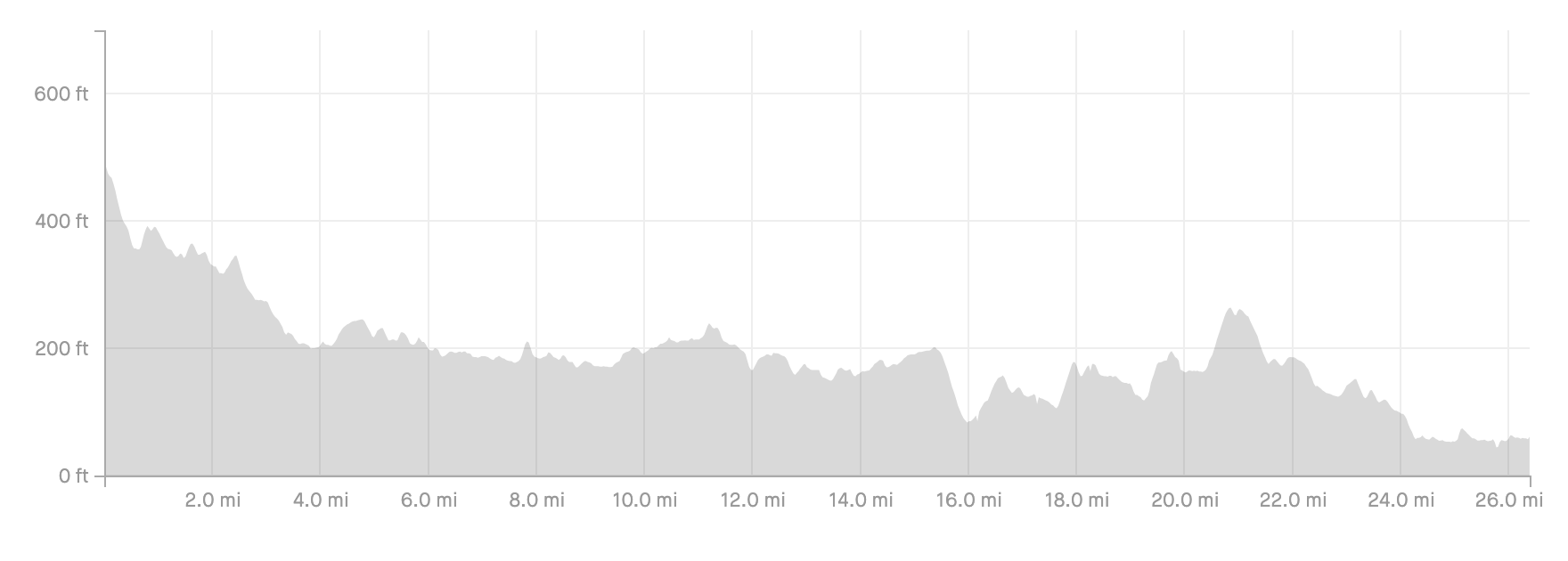
New York City elevation map
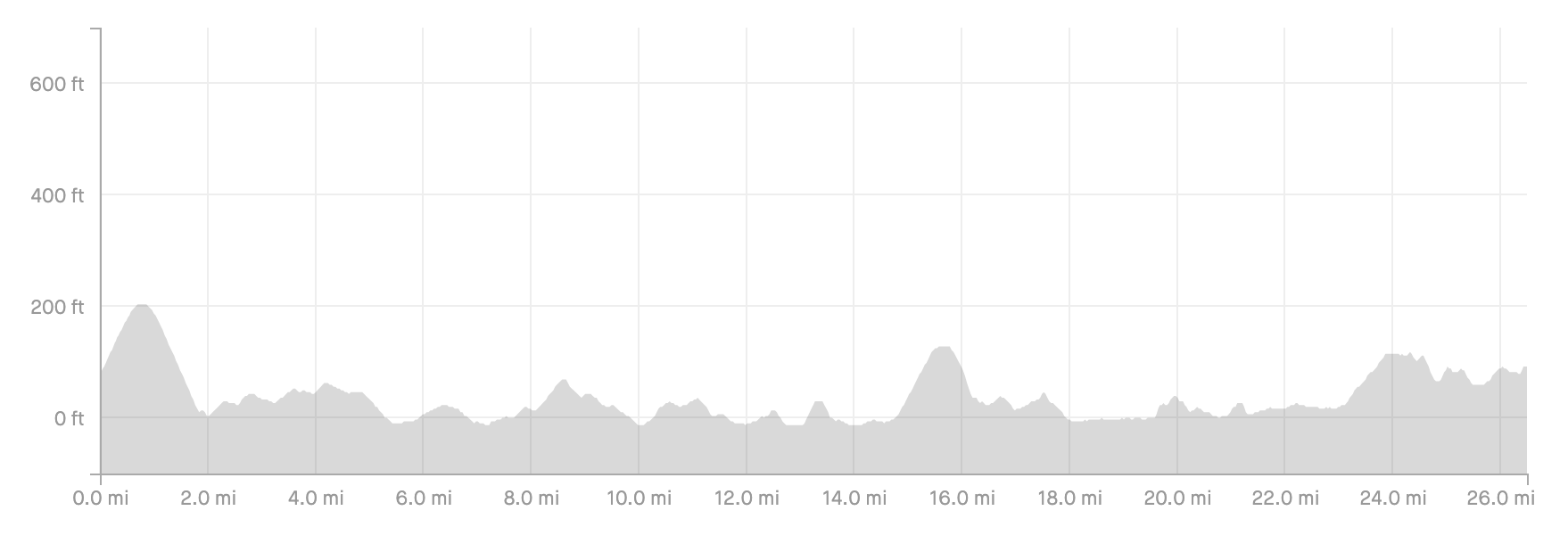
It’s interesting to see the gradients overlapped, and this also includes the (very flat) Chicago Marathon (image from here).
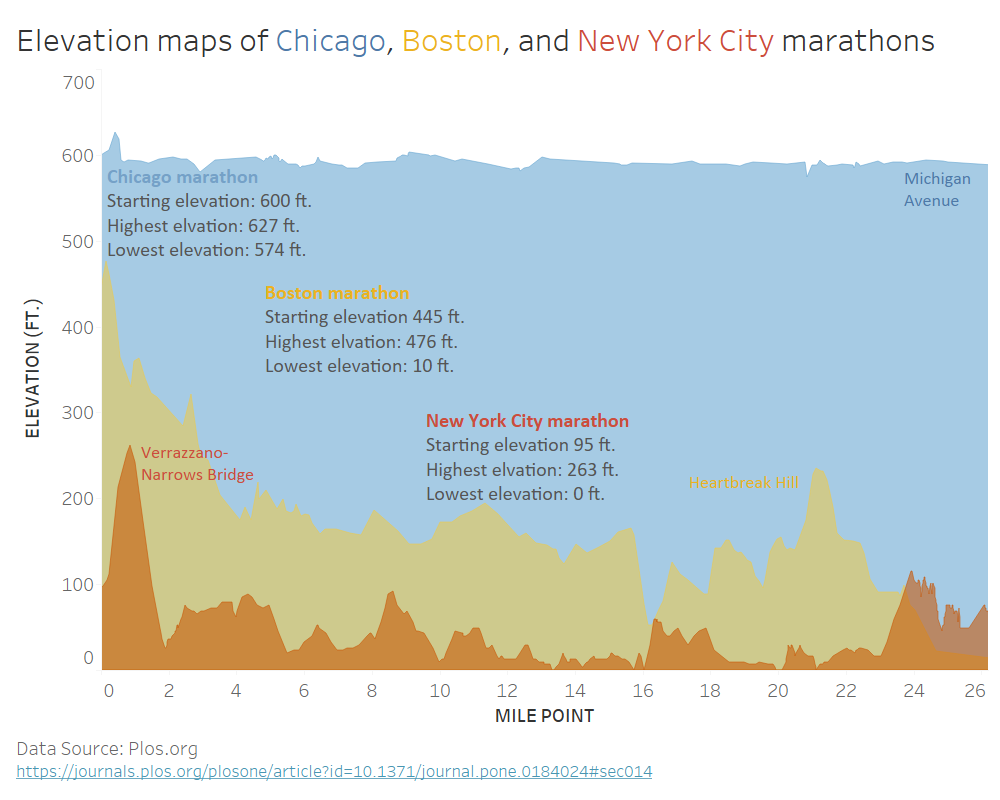
THE CROWDS
While the courses are tough, the crowd support in both marathons is incredible.
Boston Marathon is a little quiet to begin, which is fine as runners find their stride on the opening downhill section, then as you pass through each town on the way to Boston the crowds get bigger and louder – it’s a thrill to come up to each new town and run through it. One of the highlights is the Wellesley College Scream Tunnel, which is near mile 12. In total, around 500,000 people come out to cheer all along the route.
Around two million people come out to support the NYC Marathon, which surely makes it the most-watched mass participation event in the world. Like Boston, it begins quiet and gets louder and louder as the run goes on, peaking along 1st Ave and then 5th Ave. It’s a big party on the streets of NYC.
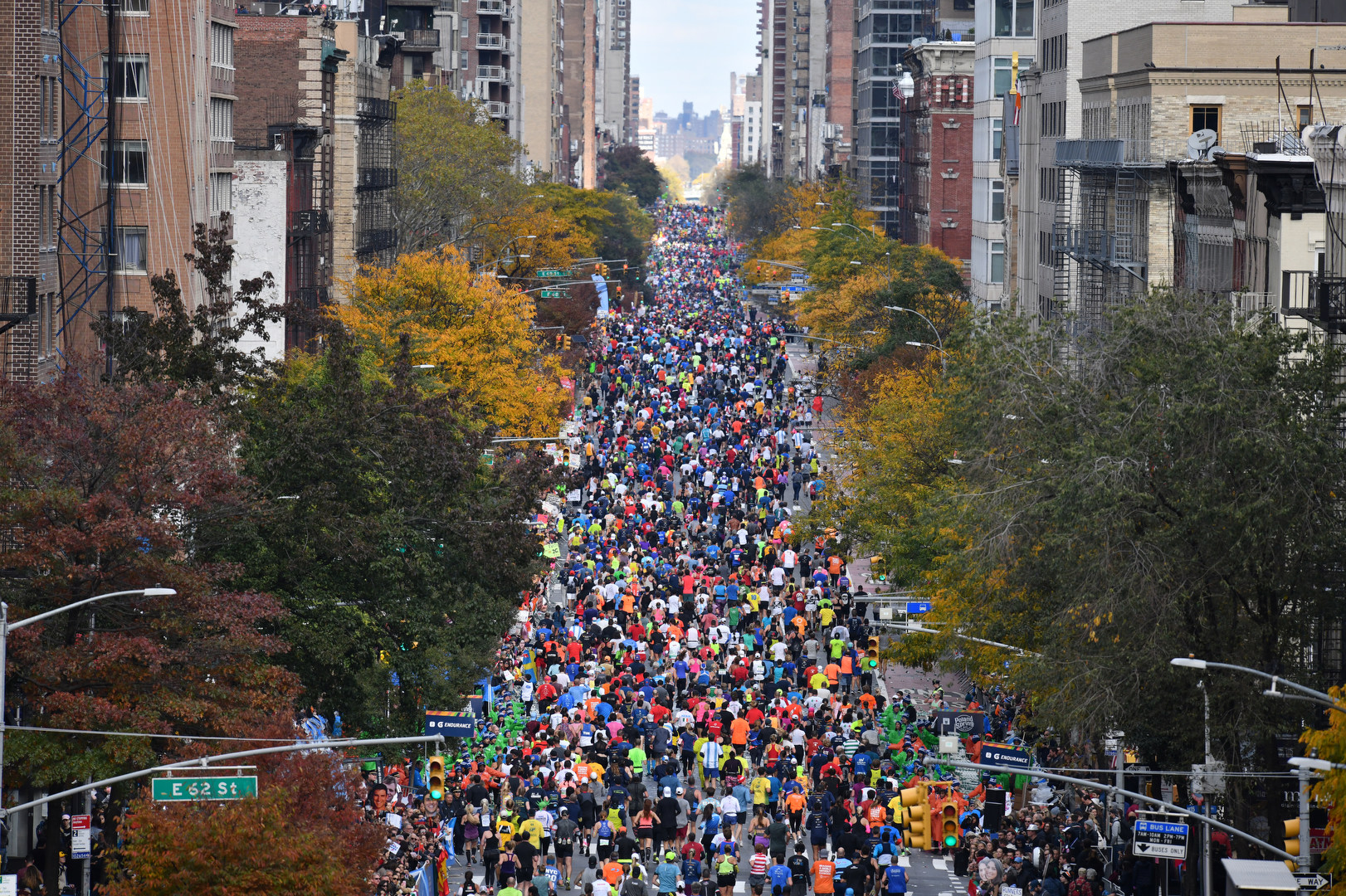
HOW FAST ARE THE BOSTON AND NEW YORK CITY MARATHONS?
Before we look at the elites, let’s start with the masses.
The average NYC finish time in 2023 was 4:39. The average finish time at Boston in 2024 was around 3:53. Why the big difference?
Most Boston runners have achieved a qualifying time to run, and that time makes them among the fastest in their age groups, so the starting field is made up of quicker runners.
The NYC route is arguably more challenging, but the lower average time is more to do with the greater number of runners taking part in the race. When you take a large marathon, only around 5% of runners finish under three hours, while one-quarter to one-third take more than five hours (even at the 2024 Chicago Marathon, out of 52,150 finishers, 3,356 finished sub-three and 12,289 were over five).
Now for the elites.
In Boston, the men’s course record is 2:03:02, run by Kenya’s Geoffrey Mutai in 2011. The women’s record is 2:19:59, run by Ethiopia’s Buzunesh Deba in 2014. Mutai’s 2:03 was at the time the world’s best marathon, but as we’ll see, it wasn’t a world record.
In NYC, the men’s record is 2:04:58, run by Ethiopia’s Tamirat Tola in 2023. The women’s record is 2:22:31, run by Kenya’s Margaret Okayo in 2003. For context, Tola’s course record is barely the 200th fastest men’s marathon of all time, while Margaret Okayo’s 2:22:31 is around the 500th fastest women’s time. Here are the other course records at the Marathon Majors and other big city races.
Boston offers $150,000 for first place, with a $50,000 bonus for a course record. NYC has a $100,000 first prize, with a $50,000 bonus for a course record. NYC also has an American division with additional prize money ($25,000 for first) for top US finishers. Prize money runs through to 10th place.
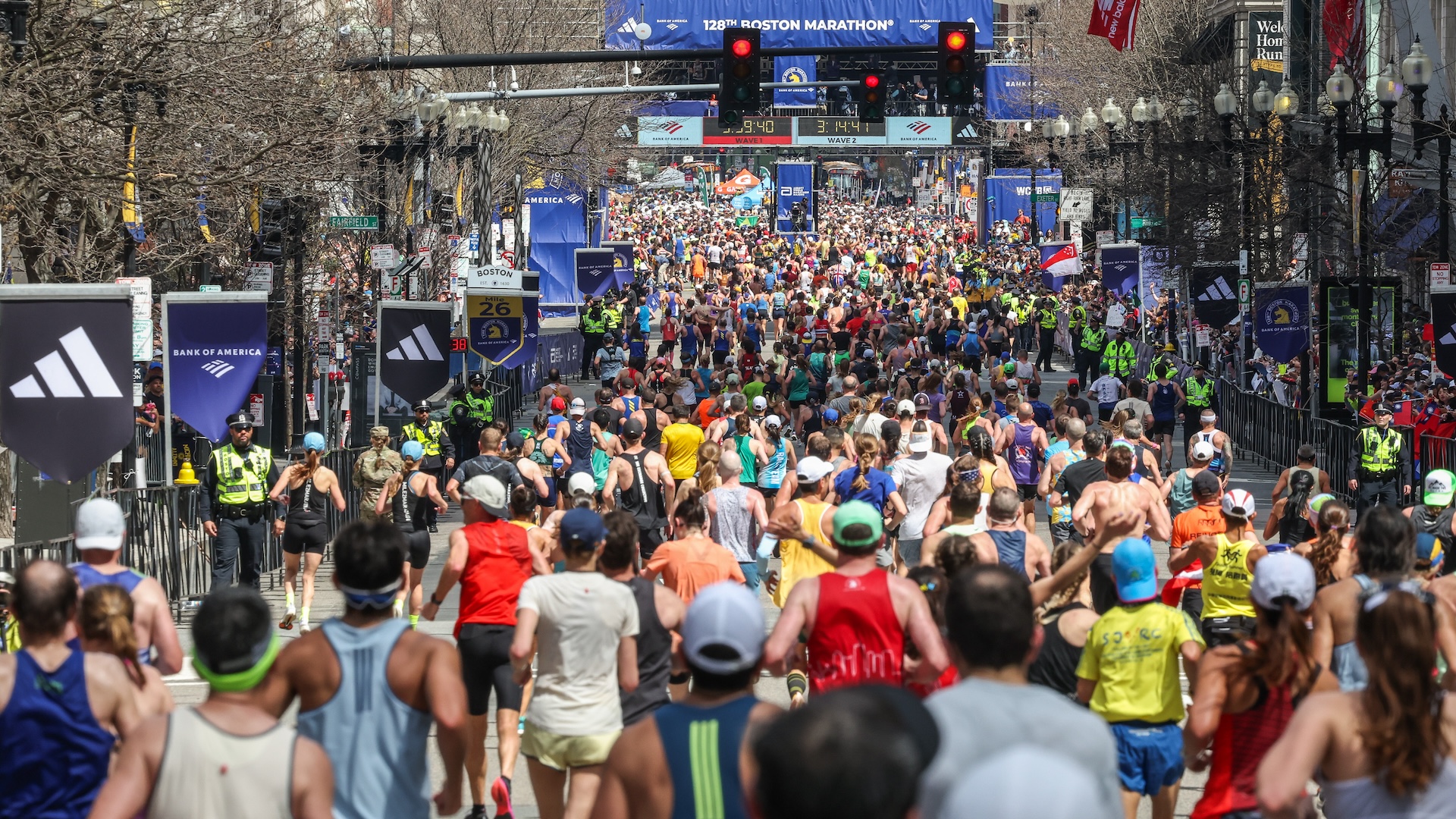
WHY WON’T THERE BE A WORLD RECORD AT THE BOSTON OR NEW YORK CITY MARATHON?
There could technically be a world record run in the New York City Marathon, it’s just very unlikely.
Part of that is because no elite athlete stands on the start, looks up at the incline of the Verrazano-Narrows Bridge, and thinks they’ll set off at World Record pace. Given the course profile, and how the hills build near the end, that’d be a kamikazee move. It seems implausible that a runner could even average marathon world record pace for the final 10km of the race – even if they hadn’t already run 32km before it.
But this means races can be more tactical than fast in NYC, and the women’s races have seen some very close finishes in recent years.
In 2023, the top five women were within 30 seconds of each other, and in 2021 and 2022 the top three were within 20 seconds of each other. We get some exciting racing in New York City!
Boston is a different story, and the course is not eligible for world records.
World Athletic rules state that the overall decrease in elevation cannot average more than one metre per kilometre, but in Boston it averages much more than that. And the start and finish lines cannot be further apart than 50% of the race distance, which they clearly are in Boston (NYC is a point-to-point course but within the range of the rules).
That doesn’t mean there haven’t been fast times run in Boston. Geoffrey Mutai’s 2:03:02 in 2011 was the then-fastest time ever run, 57 seconds quicker than the world record (and heavily wind-assisted!). In the same year, Ryan Hall’s 2:04:58 became the fastest marathon ever run by an American man (and it’s a time which hasn’t been bettered).
***
Have you run the Boston Marathon or the New York City Marathon? Do you have a favourite?
Lead image courtesy of BAA

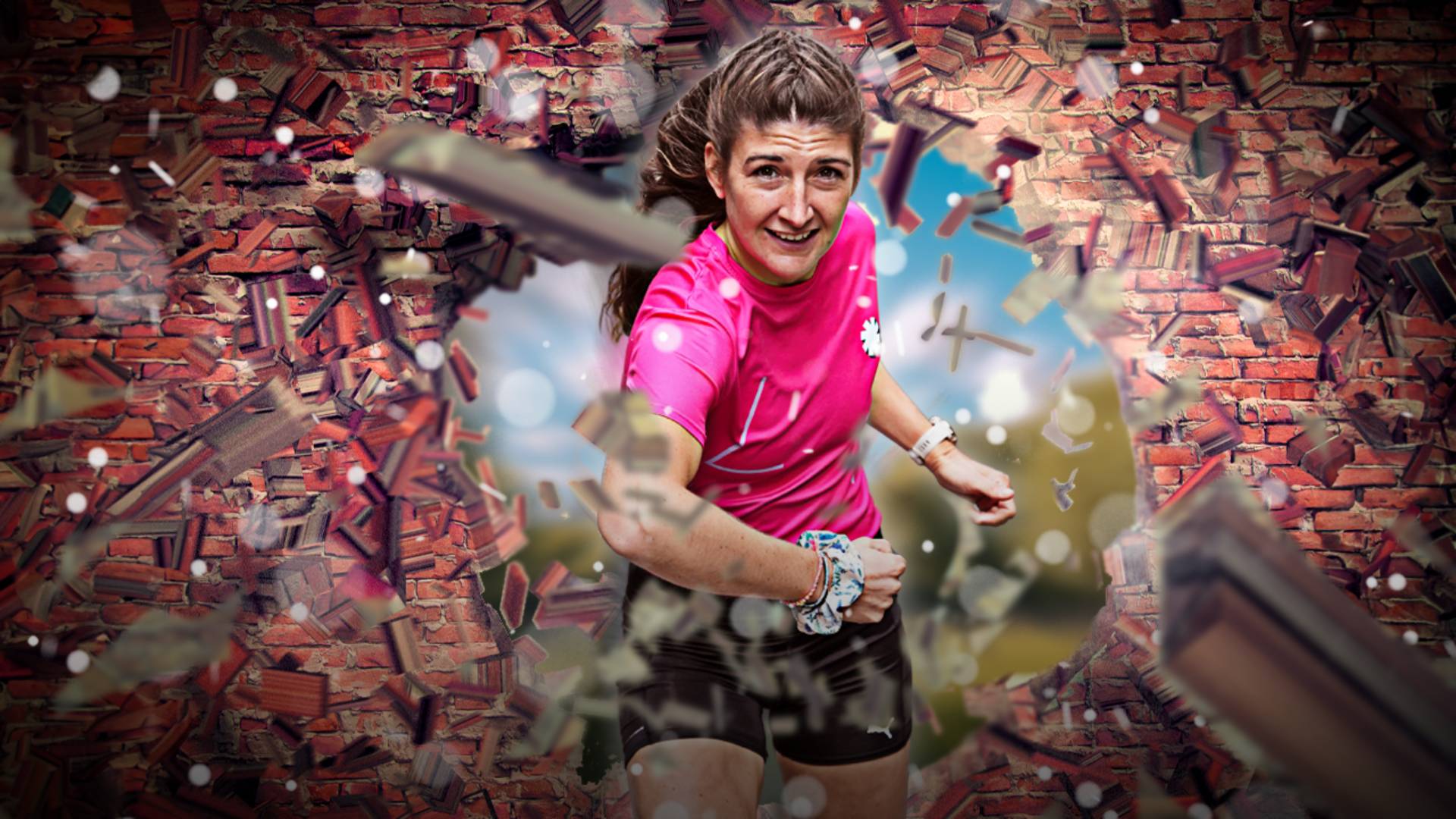
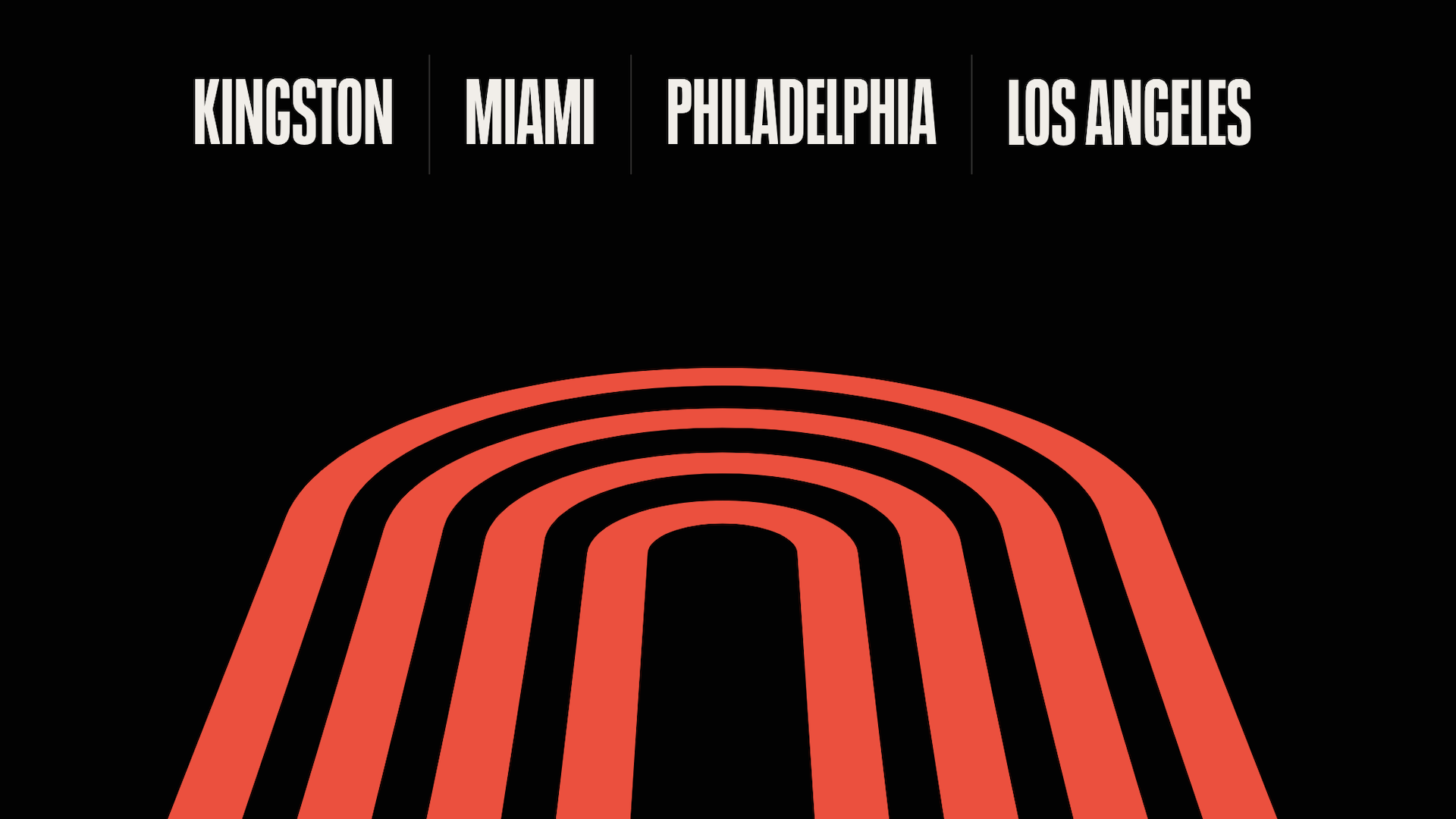
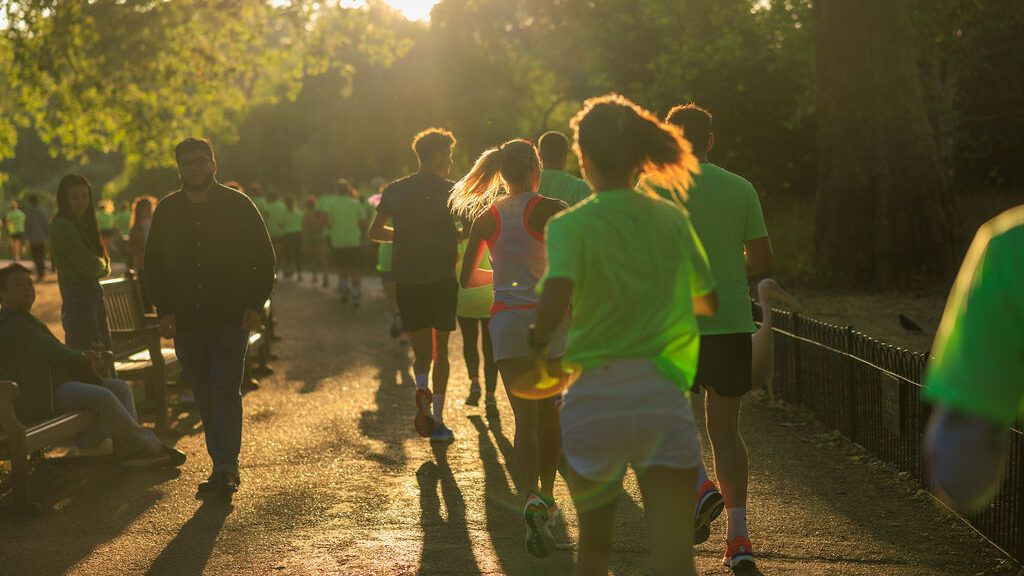
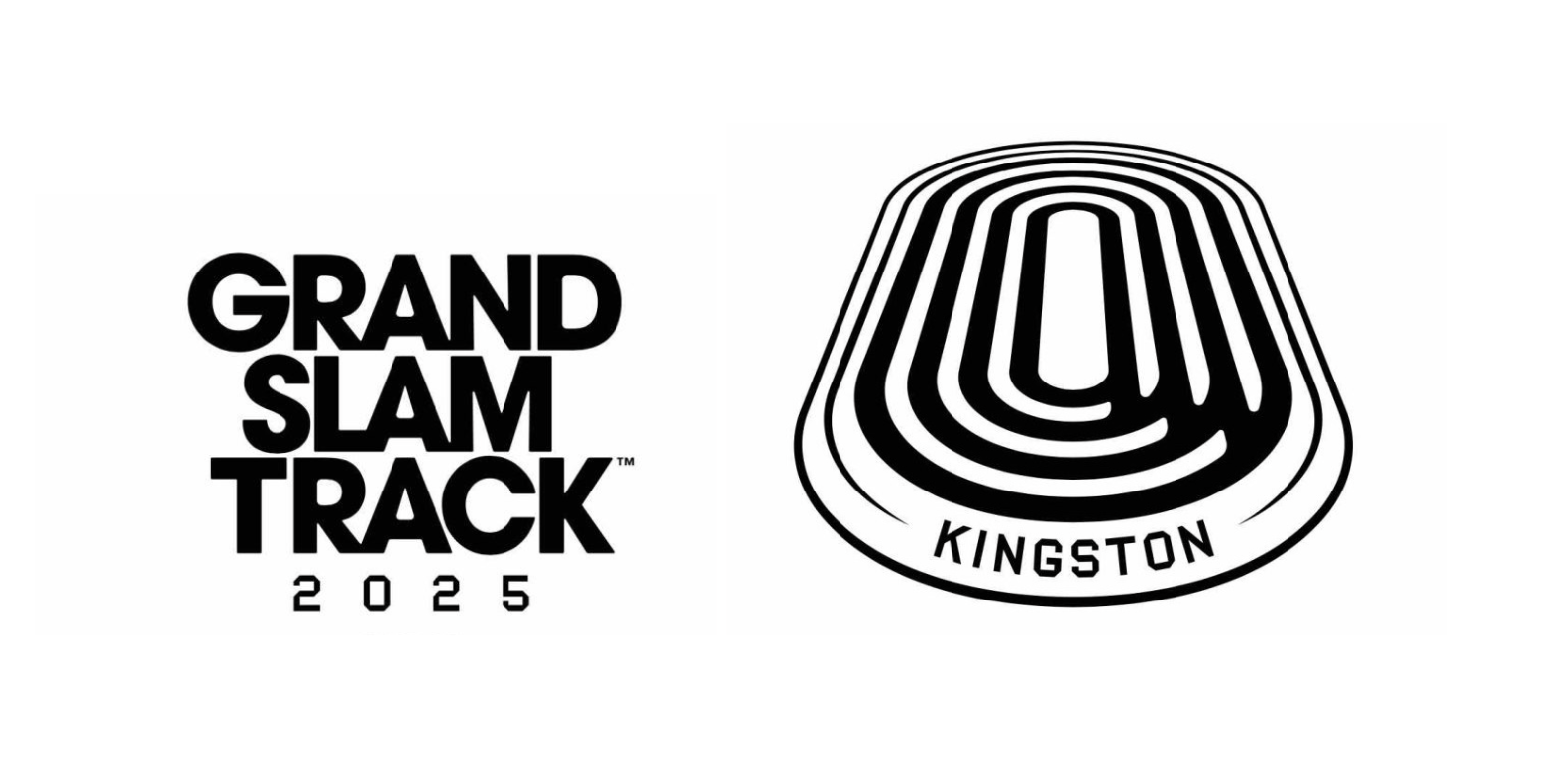
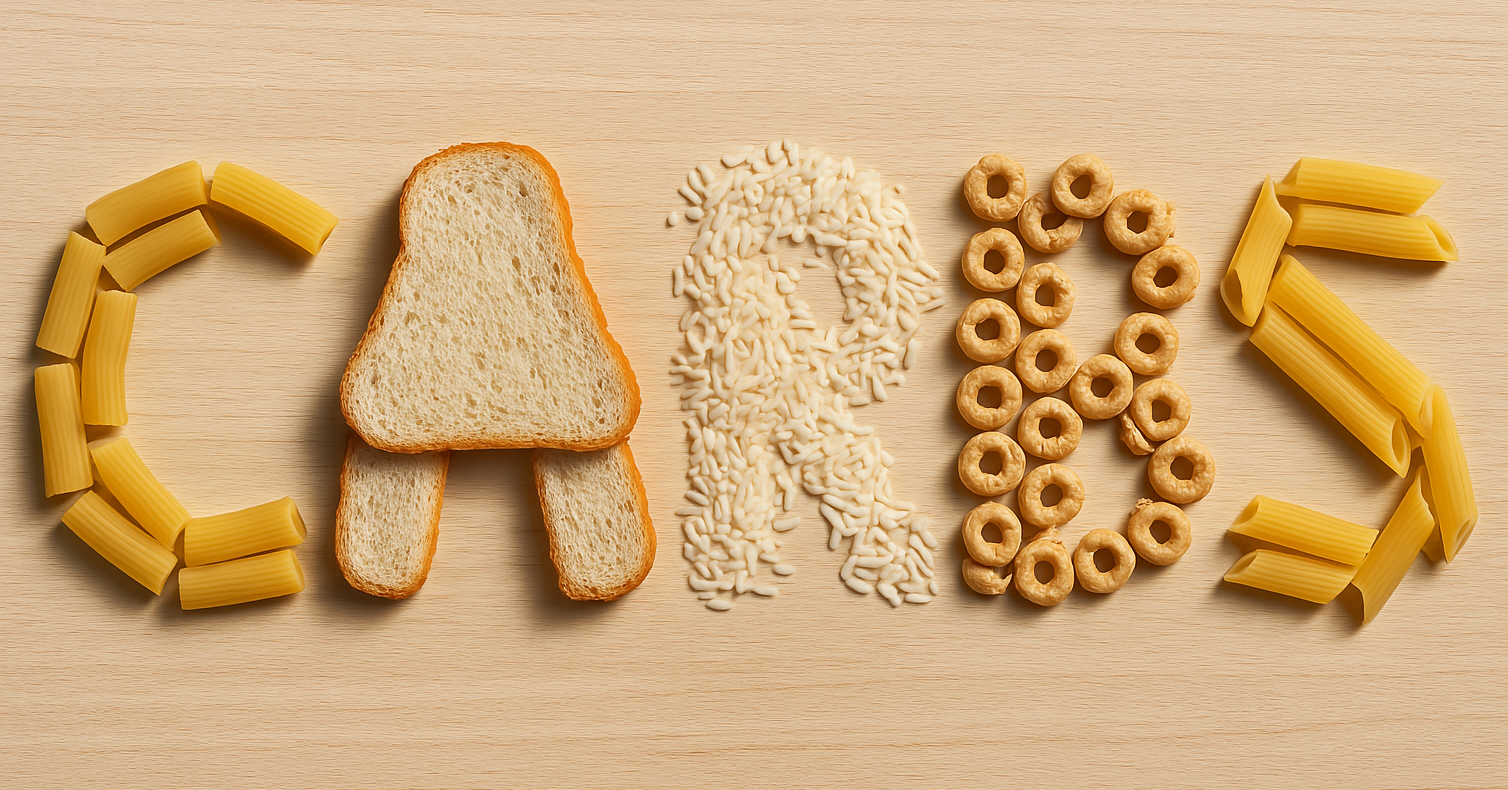





















Running News
Ingebrigtsen Stars at World Athletics Indoor Championships 2025 – Plus All The Winners!
Sam Ruthe Is First 15-Year-Old To Run A Four-Minute Mile!
Eliud Kipchoge Will Run The 2025 Sydney Marathon!